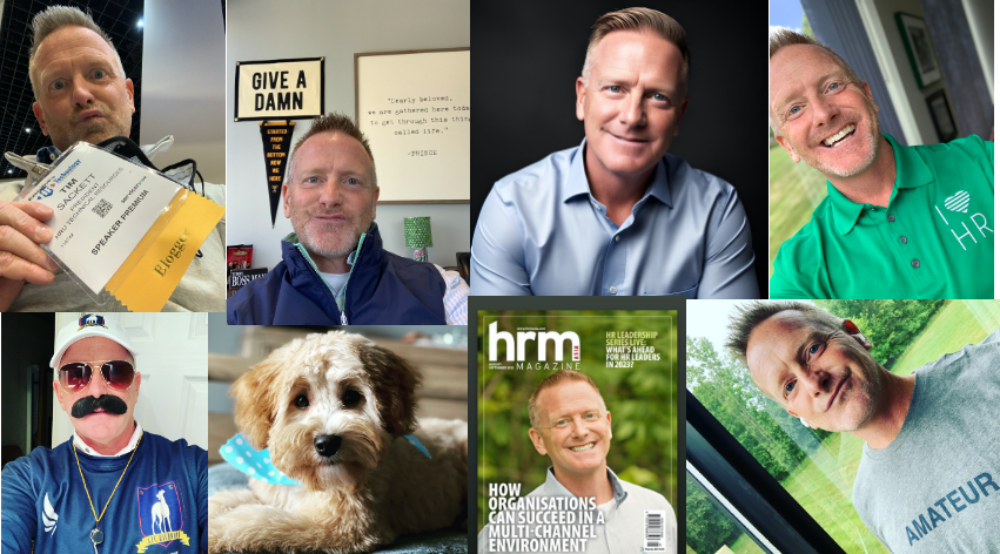Hey everyone, I’m back! I took a week hiatus (finals week man) and more Gen-Z posts are coming your way! (Dad editor’s note: I didn’t give him a week off for finals! Buck up, son! Welcome to the show! It’s called multi-tasking! Sure I’m paying you nothing, but I still expect a post each week!)
For my freshman year of college, I wanted to get away from Michigan and the Mid West. So, I decided to move to New York and attend a school called Marist College. At Marist, I was on the swim team and was immediately overwhelmed. Swim was hard, being away from my Mom was hard, having no friends was hard. It was a rough time.
Before I had gone to college, I had signed up to be apart of a student-athlete mentorship program, where upperclassmen athletes at Marist got paired with freshman athletes of different sports. I got paired up with a guy from the cross country team and I immediately knew that I didn’t want to be apart of the program. The purpose of the program was to meet up, maybe get lunch or coffee, and talk through any problems you’re having at school and in your sport. After a few forced hangout sessions, we stopped talking altogether and went our separate ways.
Now, I think that mentorship programs are a great idea. Having gone through a program myself, and not getting much out of it, I have gathered my own list of how to make a successful mentor program and what I would like to get from a mentor:
- Be Relatable: A key characteristic of having a good mentor relationship is being able to relate to them. The mentor needs to be able to relate to their “mentee” and vice versa, or there won’t be any necessary help given or received. This is the main reason that my mentor relationship wasn’t successful. We had absolutely nothing in common and neither of us could relate to the other.
- Be a Role Model: As a mentee, I would like to be able to look up to my mentor. I want my mentor to have some quality that makes me want to be like them. Although it would be nice, it isn’t vital for a mentee to want the same exact position as their mentor but is vital that the mentor possesses some qualities that the mentee aspires to have.
- Share Advice: This feels like a no-brainer, but it relates back to the type of mentor/mentee relationship you have. In order to give worthwhile and helpful advice, you need to be able to relate to your mentor/mentee AND the mentor needs to be a role model figure. In my mentor relationship, I received a lot of advice but none of it was necessary to my experience. The things that I needed advice on, like how to choose a major or how to handle being far from home, weren’t areas that my mentor had any advice to give.
****Bonus factor! Experience: This is my extra little bonus factor to making a mentor program top notch. Any experience that a mentee can directly gain with their mentor by their side will not only be the best form of “advice” they can get, but it will help to strengthen the relationship. Something that a mentor/mentee duo can do together to gain experience is a group project in whatever field the mentee is interested in. This may feel a little intern-y but most of your Gen-Z employees will be interns anyways!
You can follow as much or as little advice as you want from this but the bottom line for a successful mentor program is effort. If both sides are willing to try and get something positive out of the experience, then they probably will! Not every mentor you have can be like Yoda (I know very little about Star Wars but hopefully this analogy works), but just be willing to try and make it a worthwhile experience!
 This post was written by Cameron Sackett (not Tim) – you can probably tell because it lacks grammatical errors!
This post was written by Cameron Sackett (not Tim) – you can probably tell because it lacks grammatical errors!
HR and TA Pros – have a question you would like to ask directly to a GenZ? Ask us in the comments and I’ll respond in an upcoming blog post right here on the project. Have some feedback for me? Again, please share in the comments and/or connect with me on LinkedIn.

